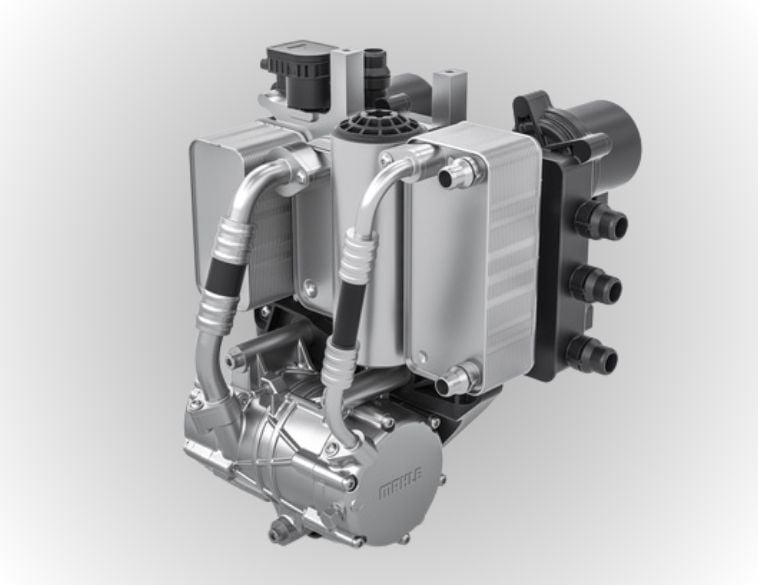Learning what’s wrong and why leads to a far better outcome.
Whenever we make a misdiagnosis (it happens to everybody) or encounter a problem vehicle at shops, I always step back and ask the same question: Why were we not able to figure this out the first time?
The answer always comes back to one of three issues, first, we didn’t understand the system we were working on; second, we didn’t know how the system was failing; and third, we tested the component or system incorrectly.
When diagnosing any type of problem it’s absolutely critical that these issues be addressed.
Why it’s failing
If you understand the system, you should be able to figure out how it is failing. If you know how it is failing, you can properly test the system or component of the system to get to the root cause of the problem.
Miss any of this and you will undoubtedly misdiagnose the vehicle and waste both time and money. Take the case of a 2009 Hyundai Tuscon we recently worked on. The customer complaint was no air conditioning (A/C) operation.
The shop working on the vehicle noted that the A/C clutch was not engaging but that the system had the correct pressures, and the A/C light on the HVAC module would light up when A/C was requested.
They also noted that if the A/C clutch relay was bypassed, the A/C clutch would engage and the system would cool properly. We did a quick code scan (no codes stored) and then looked at the A/C data in the PCM.
We noted that there was no A/C request to the PCM, hence the PCM did not engage the A/C clutch. On this vehicle, the A/C request come from the HVAC control head.
According to the service manual, when the A/C button is pushed, the HVAC head applies 12 volts to pin 58 of the PCM. We measured 0 volts when the A/C button was pushed. Clearly the HVAC head was not sending the A/C request to the PCM.
More to consider
A quick check of the HVAC head power and ground circuit revealed no faults, so the HVAC module was replaced. It did not fix the vehicle. Clearly there is more to this system than a straightforward on/off type switch. It was also apparent that we did not fully understand system operation, which in turn rendered whatever tests we had performed useless.
Before we can proceed we need to research what the requirements are for the HVAC head to issue the A/C on request.
This proved to be somewhat difficult, as Hyundai does not provide good information on this system or information on operating parameters. There is a built-in self test of the HVAC module, but in our case the test did not reveal any trouble codes. After carefully reading through the diagnosis by symptom chart, we were able to come up with a list of possible causes for no A/C clutch operation.
From this, we were able to identify some of the inputs that are important to A/C clutch operation. These included temperature and EVAP temperature sensors. When we tested the evaporator temperature sensor it showed a temperature of minus five degrees Celsius while the case of the Evaporator measured 22 degrees Celsius. Clearly the sensor was not reading correctly. A new sensor was installed, which in turn fixed the vehicle.
The next time you’re in a tough diagnostic situation, take a step back and ask yourself, “Do I understand the system? Do I know how it’s failing? And are the tests I’m using yielding accurate results?”



